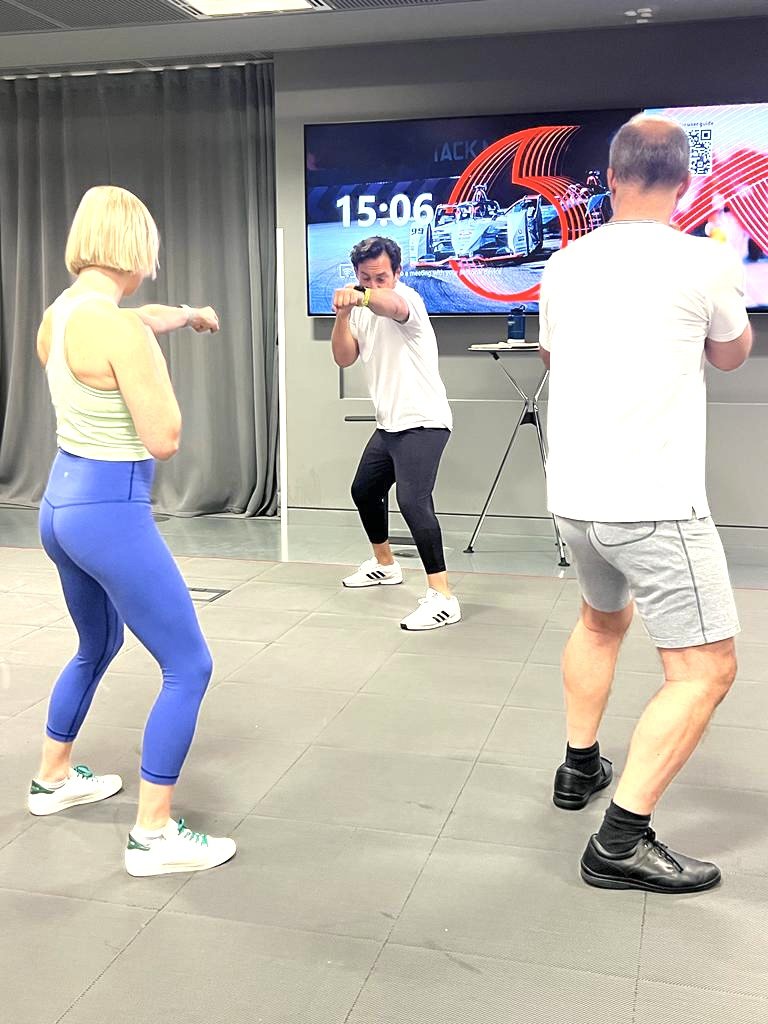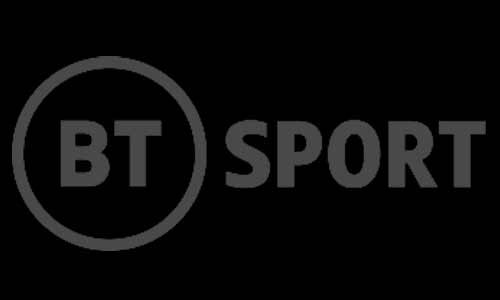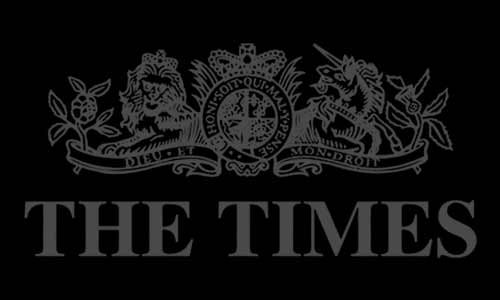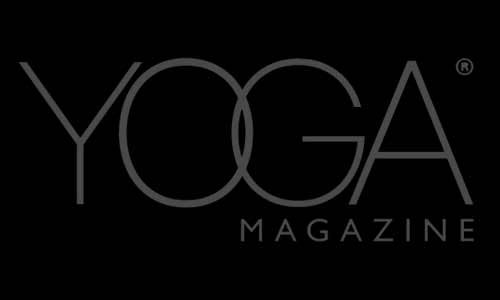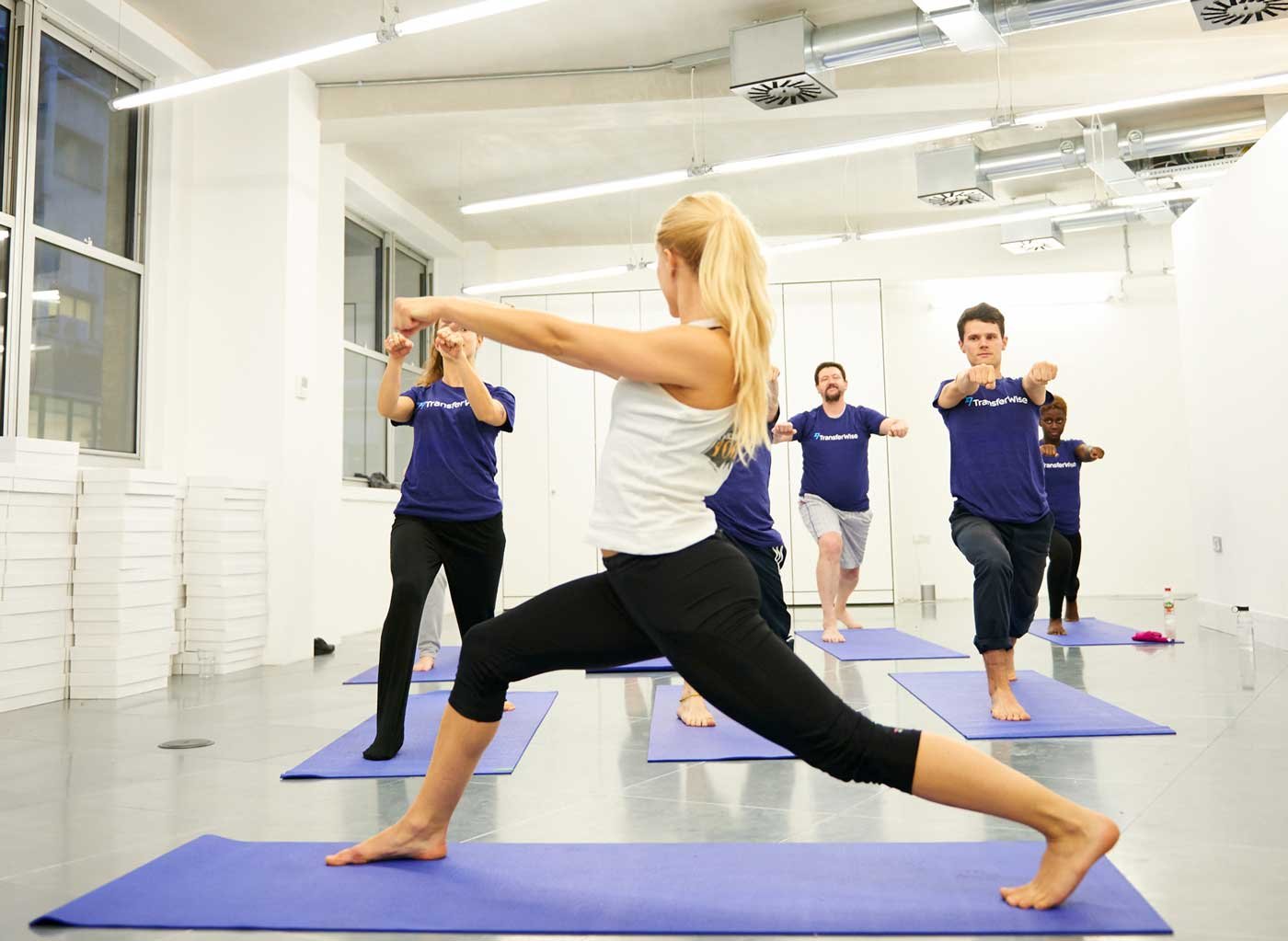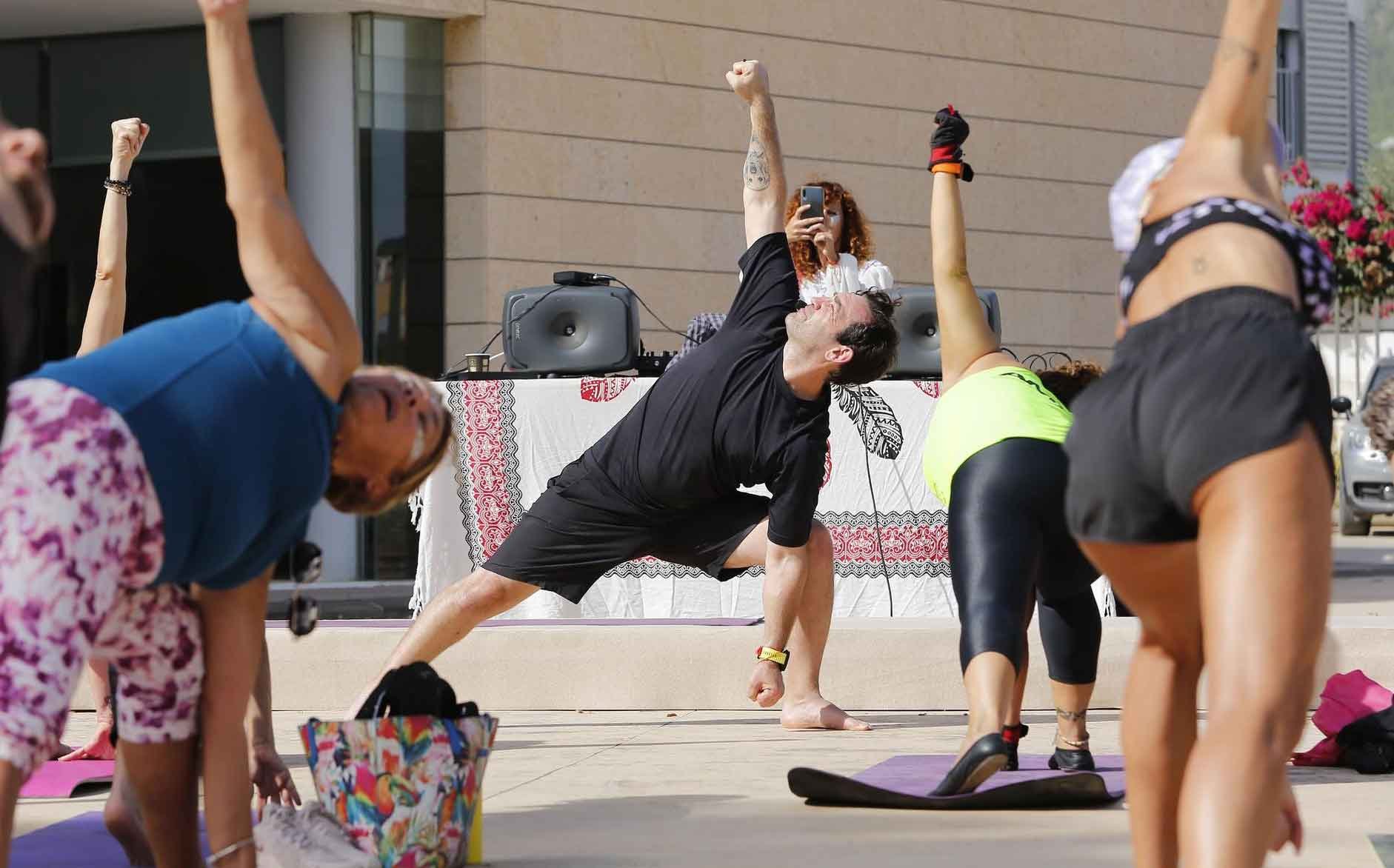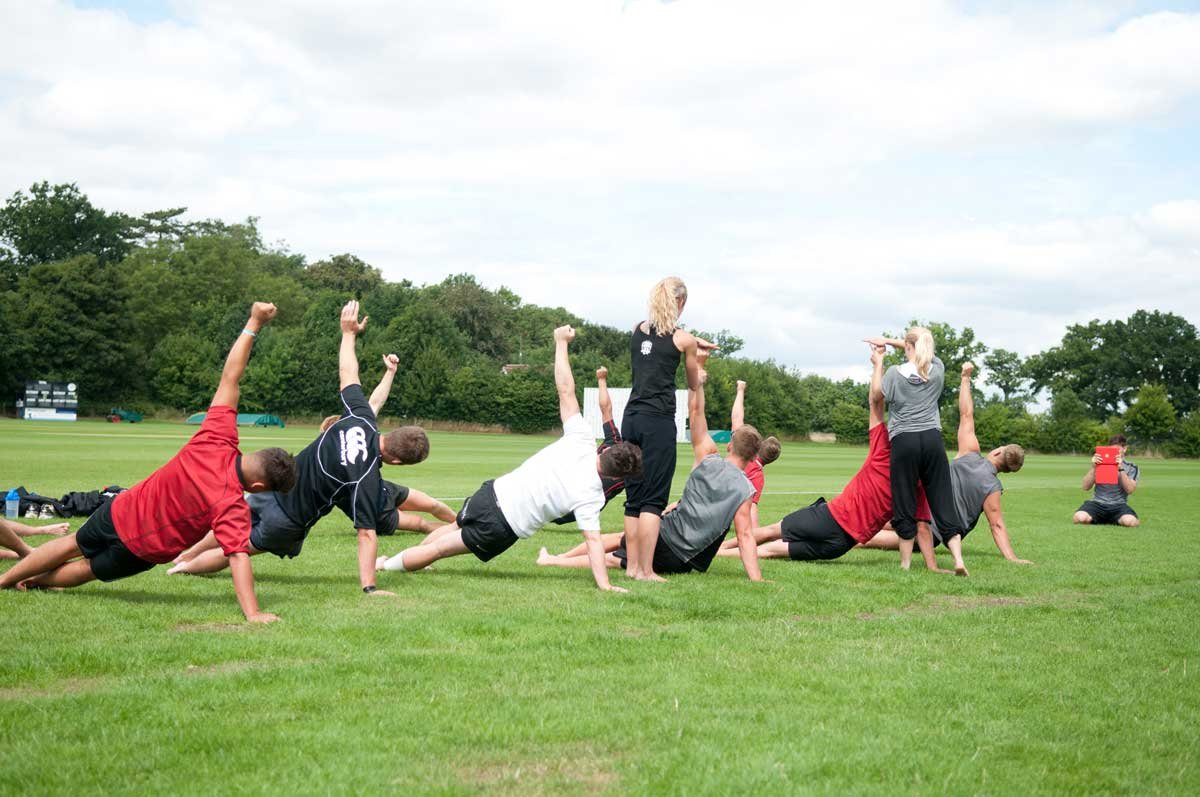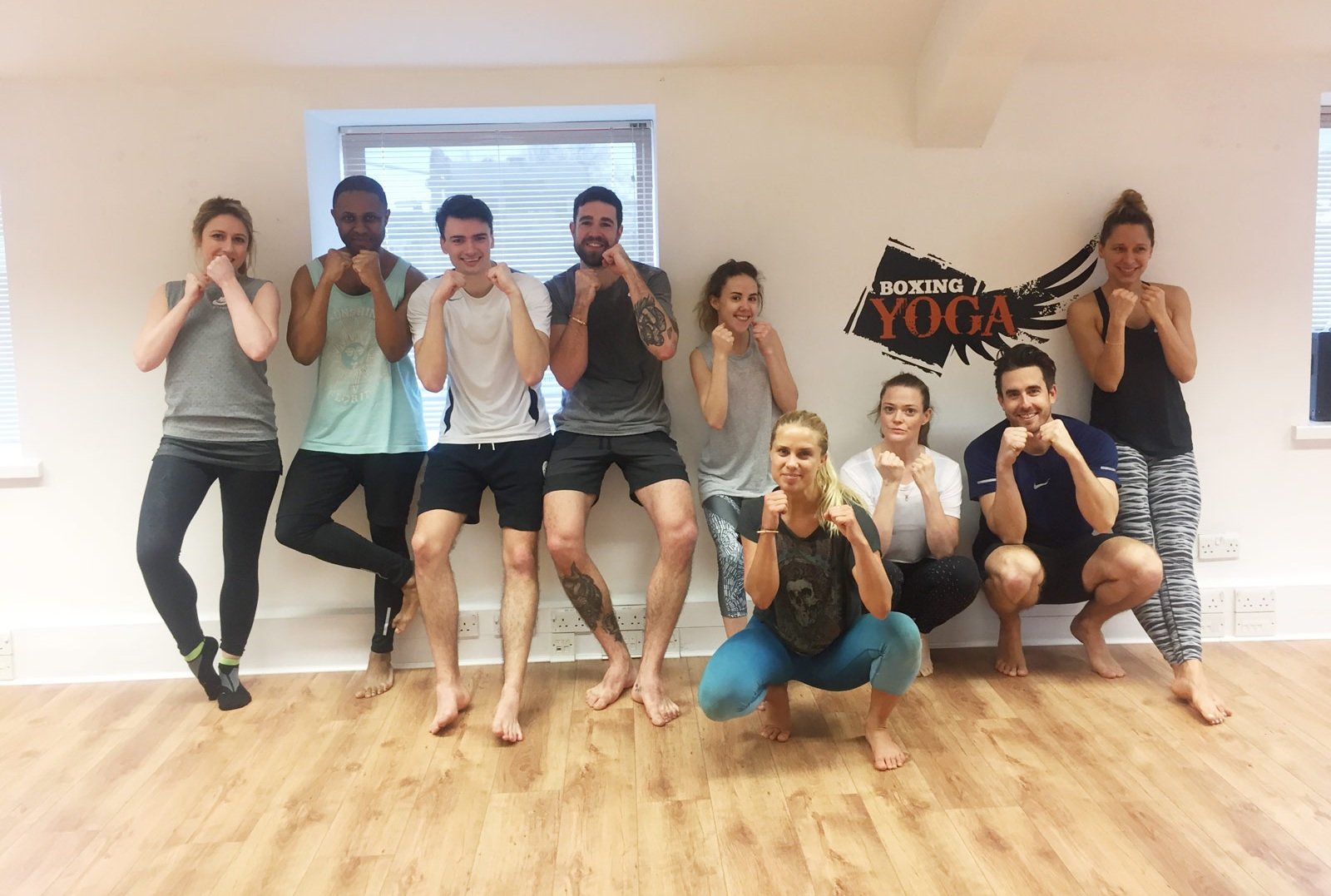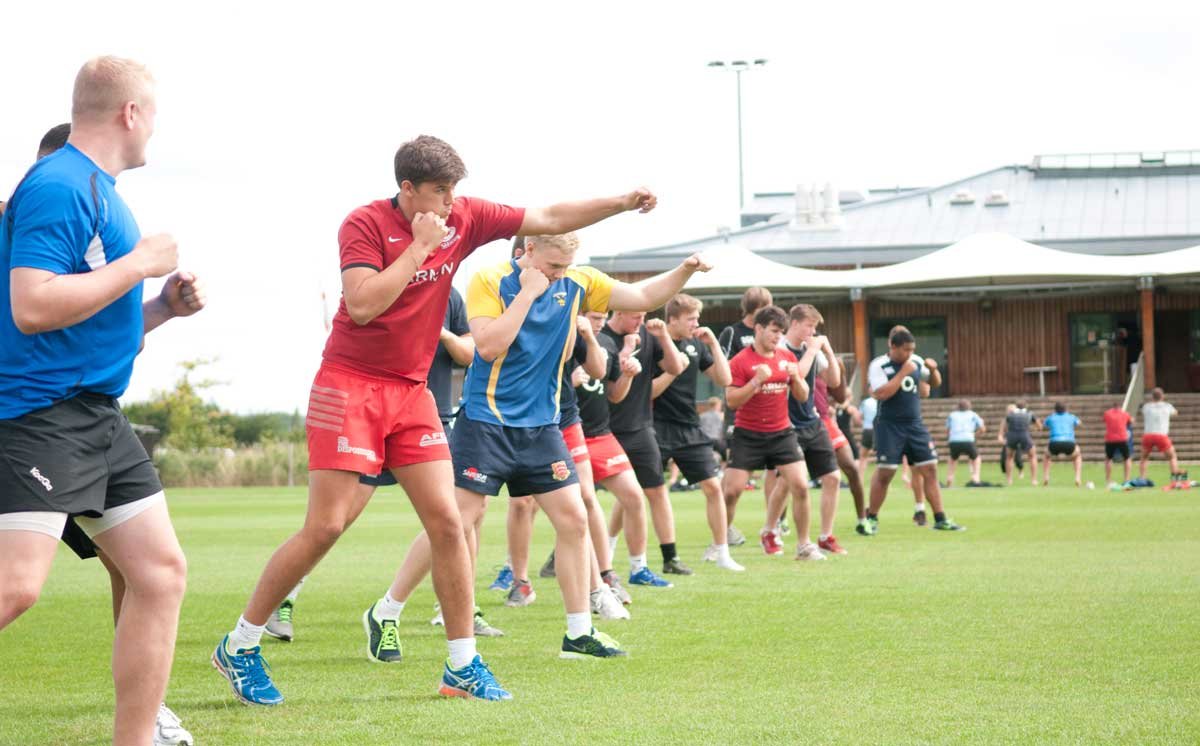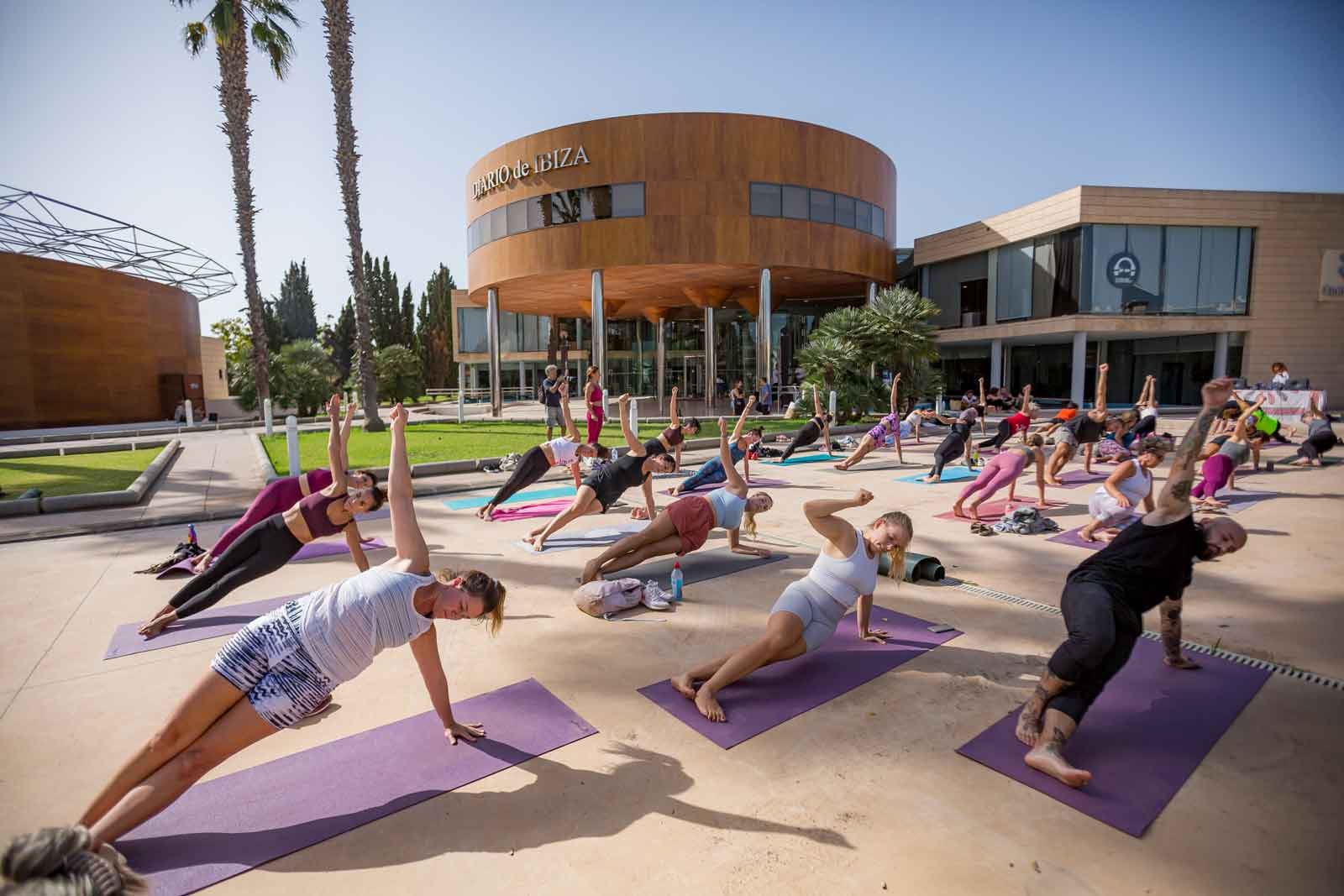
The Impact of Team Building Activities on Employee Well-being
Building Bridges
The Impact of Team Building Activities on Employee Well-being
In the ever-evolving landscape of modern workplaces, employee well-being is increasingly recognised as a crucial component of organisational success. One powerful tool in the HR manager's arsenal for promoting well-being is team building activities. These activities not only foster collaboration, communication, and camaraderie among team members but also have a profound impact on employee well-being.
In this comprehensive guide, we'll explore the significance of team building activities in enhancing employee well-being and provide insights for HR managers on implementing effective team building initiatives.
Understanding the Importance of Team Building Activities
Team building activities encompass a wide range of interactive exercises, games, and challenges designed to strengthen relationships, boost morale, and improve teamwork within a group. These activities can take many forms, including outdoor adventures, problem-solving challenges, creative workshops, and social events.
By bringing employees together in a fun and engaging environment, team building activities facilitate bonding, trust-building, and collaboration, laying the foundation for a positive and supportive workplace culture.
The Impact of Team Building Activities on Employee Well-being
Enhancing Communication and Collaboration: Team building activities provide opportunities for employees to interact, communicate, and collaborate in non-work-related settings. By engaging in shared experiences and overcoming challenges together, team members develop stronger interpersonal relationships, improve communication skills, and foster a sense of camaraderie. Enhanced communication and collaboration contribute to a positive work environment, reduced conflicts, and improved productivity.
Boosting Morale and Motivation: Participating in team building activities can boost employee morale, motivation, and job satisfaction. These activities provide a break from the daily routine, inject fun and excitement into the workplace, and give employees something to look forward to. By acknowledging and celebrating employees' contributions, achievements, and successes, team building activities reinforce a culture of appreciation, recognition, and positivity, enhancing overall morale and motivation.
Building Trust and Cohesion: Trust is the foundation of strong team dynamics, and team building activities play a key role in building trust among team members. Through shared experiences, challenges, and successes, employees develop mutual respect, understanding, and trust in each other's abilities. Building trust fosters a sense of psychological safety, openness, and vulnerability within the team, enabling effective collaboration, innovation, and problem-solving.
Reducing Stress and Burnout: Team building activities offer a welcome respite from the demands and pressures of work, allowing employees to relax, unwind, and recharge. By engaging in enjoyable and stress-relieving activities, employees experience a temporary escape from work-related stressors, promoting mental and emotional well-being. Reduced stress levels contribute to improved mood, resilience, and overall job satisfaction, helping to prevent burnout and turnover.
Improving Employee Engagement and Retention: Engaged employees are more committed, productive, and satisfied with their jobs, and team building activities play a crucial role in fostering employee engagement. By creating opportunities for meaningful connections, shared goals, and a sense of belonging, team building activities increase employee engagement and satisfaction. Engaged employees are more likely to stay with the organisation, reducing turnover and enhancing retention rates.
Promoting Creativity and Innovation: Team building activities often involve creative problem-solving challenges and exercises that stimulate innovation and creativity. By encouraging experimentation, risk-taking, and out-of-the-box thinking, these activities foster a culture of innovation and continuous improvement within the team. Employees are inspired to think creatively, collaborate on new ideas, and explore innovative solutions to challenges, driving organizational growth and success.
Implementing Effective Team Building Activities
Assess Employee Preferences and Interests: Before planning team building activities, HR managers should assess employee preferences, interests, and needs. Consider conducting surveys, focus groups, or one-on-one interviews to gather input from employees on the types of activities they enjoy and find meaningful. Tailor team building activities to align with employee preferences and ensure maximum participation and engagement.
Choose Activities That Promote Collaboration and Communication: Select team building activities that promote collaboration, communication, and teamwork among employees. Choose activities that require cooperation, problem-solving, and creative thinking, such as escape rooms, scavenger hunts, or team-based challenges. Encourage employees to work together, communicate effectively, and leverage each other's strengths to achieve common goals.
Mix Up Activities to Cater to Different Preferences: Offer a variety of team building activities to cater to different preferences, interests, and personality types within the team. Mix up activities that appeal to both extroverted and introverted employees, as well as those that prefer physical, mental, or creative challenges. Consider incorporating both indoor and outdoor activities to accommodate diverse preferences and provide opportunities for everyone to participate.
Provide Opportunities for Reflection and Feedback: After each team building activity, provide opportunities for employees to reflect on their experiences and provide feedback. Encourage open and honest discussions about what went well, what could be improved, and what lessons were learned. Use feedback to inform future activities and make adjustments as needed to ensure continuous improvement and engagement.
Foster a Culture of Inclusivity and Belonging: Create a welcoming and inclusive environment where all employees feel valued, respected, and included in team building activities. Be mindful of cultural sensitivities, accessibility needs, and individual preferences when planning activities. Ensure that everyone has the opportunity to participate and contribute to the team building experience, regardless of their background or circumstances.
Follow Up and Reinforce Learnings: Follow up team building activities with opportunities to reinforce learnings and apply new skills and insights in the workplace. Encourage employees to share how they can apply the lessons learned from team building activities to their day-to-day work. Provide ongoing support, encouragement, and recognition for employees who demonstrate teamwork, collaboration, and positive behaviours in the workplace.
Team building activities play a vital role in enhancing employee well-being, fostering collaboration, and creating a positive and supportive workplace culture. By promoting communication, trust, engagement, and creativity, these activities contribute to a happier, healthier, and more productive workforce. HR managers have a unique opportunity to leverage team building activities to strengthen relationships, boost morale, and improve overall employee well-being.
By implementing effective team building initiatives, HR managers can build cohesive, high-performing teams that drive organisational success and sustainability.
DISCOVER why Corporate BOX™ is the TEAM-BUILDING program of choice for the likes of Vodafone, Converse and Chelsea FC, click here.
As Featured In
CorporateBox™ Enjoyed By
